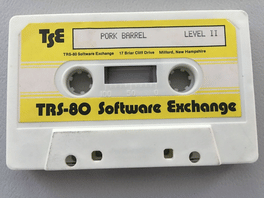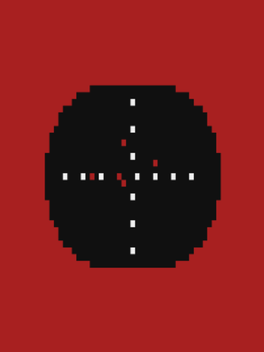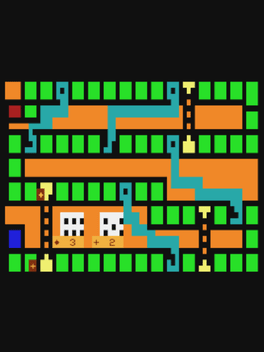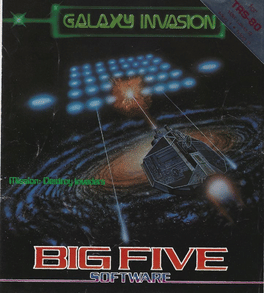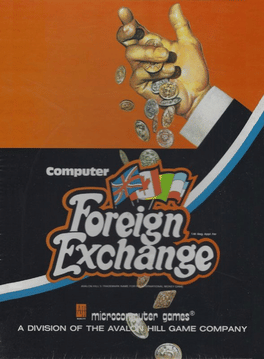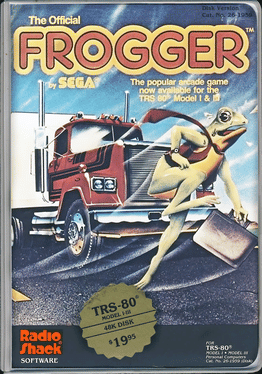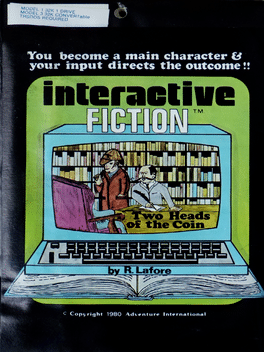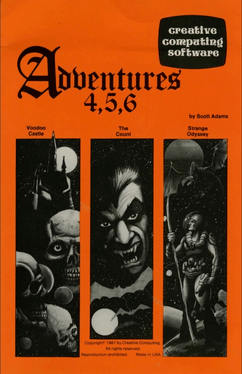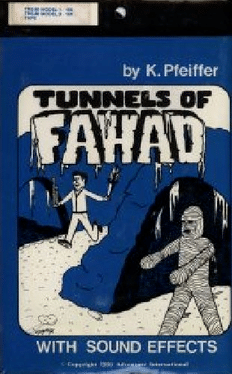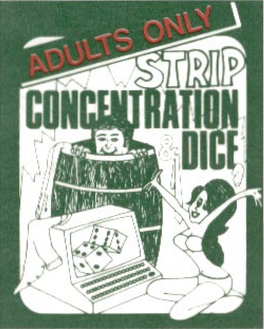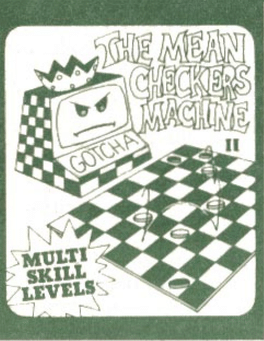Most Popular Trs 80 Games
-
Space Attack
1982
Space Attack
1982
Space Attack is a shoot 'em up that mixes elements from a number of popular arcade games of its time. The player's task is to defend a city which, like in Missile Command, occupies the bottom part of the screen. The city is being attacked by aliens unleashed by a feared warlord who aims to fully destroy it. The aliens attack from above and move around in patterns similar to fixed screen shoot 'em ups like Galaxian. They drop bombs on the buildings on the surface and the player has to shoot them down before they do so. Controlling the spaceship is similar to Asteroids, with a combination of thrust and rotation allowing it to move all over the screen and shoot in any direction. In addition to the regular fire, a super weapon can be used but it's limited to three uses. Another thing to watch out for is the fuel level of the ship. It's necessary to land and refill it before it runs out. -
Pork Barrel
1978
Pork Barrel
1978
Pork Barrel is a political text simulation game where the player takes the role of a member of congress in the House of Representatives. The aim is to get re-elected and thereby be able to continue with the game. Most of the game involves voting on different bills. After showing information on the district's voters and the current unemployment rate, the game starts out with budget hearings where the player votes on how much money each department should receive. For each department there are two amounts to choose between. -
Bombaim
2024
Bombaim
2024
This is a simulation of bombing at night during World War II. The white marks passing below are target markers (flares released at lower level by target marking aircraft. You must maneuver your aircraft so that markers are in the centre of your site when the bombs you have released detonate. This involves accounting for your present height (1-6), so that the bombs will explode with the most markers within the blast range (the red area in centre of your targeting site) when the bombs hit the ground. Therefore, at higher heights you must release your bombs sooner, since it takes more time for them to fall, so that they will hit the ground when the target markers are in the centre of your site. If you completely miss (fail to have any markers within the blast area) you lose a point, if you only have one marker in the blast area no points are lost or gained. You must have at least two markers in the area to begin to gain points. A total score is reported at the end of your bomb run. -
Snakslad
2024
Snakslad
2024
A simple simulation of the classic game of Snakes and Ladders. Choose your piece (+ or *) and then hit a key to role a dice for each. The winner is the player who makes it to the last (red) square first. If you land on the head of a snake, you slide down to the bottom of its tail. If you land at the bottom of a ladder, you ascend to the top of it. -
Zossed in Space
1981
Zossed in Space
1981
Your task is to survive in the infinity of space by either killing ten enemies or gain one hundred trade units. -
Galaxy Invasion
1980
-
Computer Foreign Exchange
1982
Adaption of Avalon Hill's board game of the same name. Players compete against each other in winning a preset amount of money by trading and selling assets. -
Rampage
1989
-
Donkey Kong
Donkey Kong is an unreleased port for the TRS-80 based on the Nintendo arcade game of the same name from 1981. The hero of the Nintendo game is a carpenter named Mario. The goal is to rescue Mario’s girlfriend Pauline from the marauding Donkey Kong. Mario needs to reach Pauline at the top of the screen, all the while dodging barrels thrown by Donkey Kong. Other obstacles include conveyor belts, elevators, and fireballs. It was being developed by game designers Wayne Westmoreland and Terry Gilman. The port was eventually finished, but never received an official release as the duo could not get permission from Nintendo. Later, in 1995, Westmoreland released all of their TRS-80 titles to the public domain, including the unreleased port of Donkey Kong. -
Frogger
1982
-
Two Heads of the Coin
1980
Two Heads of the Coin is an early chose your own adventure style interactive fiction. The game is black & white, and text based. You play as a famed Victorian detective in the mould of Sherlock Holmes. Accompanied by your assistant Dr. Grimsby, you are met in the late evening by Mr. James Conway. Mr. Conway's wife Georgina has been missing for the last 2 weeks, and has he has sought out your help. You must quiz Mr. Conway on the details of his wife's past, and the peculiarities of their marriage, to determine the true fate of Georgina. -
Adventures 4,5,6
1981
Adventures 4,5,6
1981
Compilation of three Scott Adam's text adventures published by Creative Computing Software for the TRS-80. -
Haunted House
1980
-
Tunnels of Fahad
1980
Tunnels of Fahad
1980
An action game written by Kathy Pfeiffer and published by Adventure International for TRS-80. -
Strip Dice / Strip Concentration
1981
Two games for adults, developed and published by Adventure International for TRS-80 and TRS-80 CoCo. -
The Mean Checkers Machine 2
1980
A version of the classic board game in which the opponent of the player is "The Mean Checkers Machine". Written by Lance Micklus and published by Adventure International for TRS-80.


